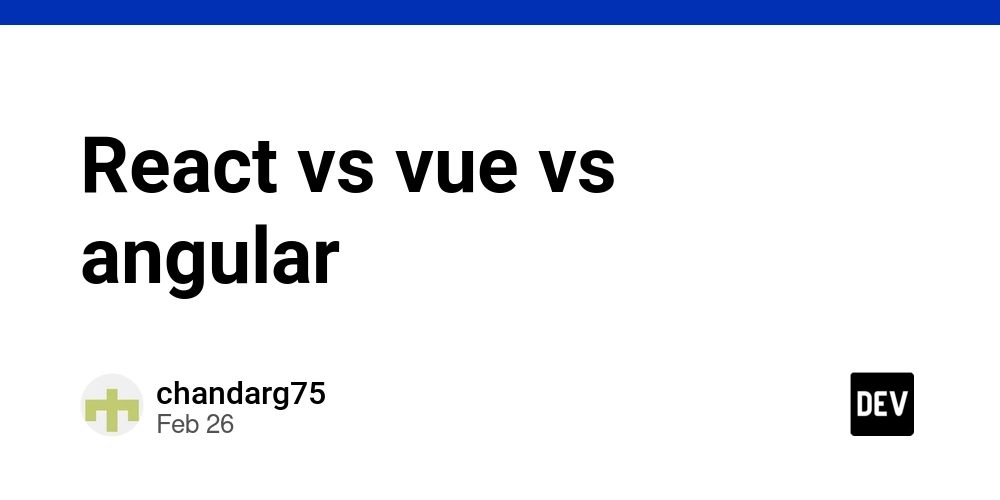From SetState to Provider: A Flutter State Management Journey
Introduction Managing state effectively is crucial for building robust Flutter applications. In my early projects, I relied heavily on setState, which quickly became unmanageable as complexity grew. This post details my journey of refactoring a small module from setState to Provider, and how it transformed my HRMS app. Step-by-Step Tutorial 1. Identify the Problem Issue: Using setState scattered across your code can lead to redundant rebuilds and make debugging a nightmare. Example: In my HRMS app, every update to an employee’s record triggered a complete rebuild of the entire widget tree. 2. Refactoring to Provider Step-by-Step Guide: Create a Data Model: Define a model class to encapsulate employee details. class Employee { String name; String position; // Additional fields... Employee({required this.name, required this.position}); } Set Up Provider: Wrap your app with a ChangeNotifierProvider to manage the employee data. ChangeNotifierProvider( create: (context) => EmployeeProvider(), child: MyApp(), ); Update Widgets: Replace setState calls with Provider-based updates. Only rebuild the widgets that need to reflect changes. Code Snippets & Comparisons: Before refactoring, my code had multiple setState calls. After refactoring, the state was centralized, and only specific widgets rebuilt, resulting in a cleaner and more efficient codebase. Real-Life Example After implementing Provider in my HRMS app, I observed significant improvements. Not only was the app faster, but the code became much easier to maintain and extend. This modular approach reduced bugs and improved the overall performance of the application. Conclusion Switching from setState to Provider was a game-changer. It not only streamlined state management but also set the foundation for scalable app development. Call-to-Action I’d love to hear your stories! Have you refactored your state management? Share your experiences or challenges in the comments below.
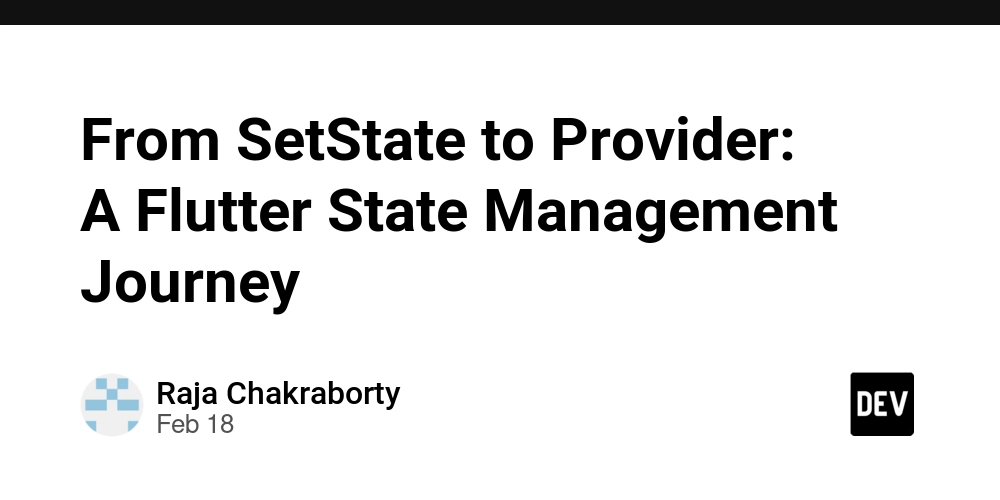
Introduction
Managing state effectively is crucial for building robust Flutter applications. In my early projects, I relied heavily on setState, which quickly became unmanageable as complexity grew. This post details my journey of refactoring a small module from setState to Provider, and how it transformed my HRMS app.
Step-by-Step Tutorial
1. Identify the Problem
-
Issue:
Using
setStatescattered across your code can lead to redundant rebuilds and make debugging a nightmare. - Example: In my HRMS app, every update to an employee’s record triggered a complete rebuild of the entire widget tree.
2. Refactoring to Provider
-
Step-by-Step Guide:
- Create a Data Model: Define a model class to encapsulate employee details.
class Employee { String name; String position; // Additional fields... Employee({required this.name, required this.position}); }
-
Set Up Provider:
Wrap your app with aChangeNotifierProviderto manage the employee data.
ChangeNotifierProvider( create: (context) => EmployeeProvider(), child: MyApp(), ); -
Update Widgets:
ReplacesetStatecalls with Provider-based updates. Only rebuild the widgets that need to reflect changes.-
Code Snippets & Comparisons:
Before refactoring, my code had multiple
setStatecalls. After refactoring, the state was centralized, and only specific widgets rebuilt, resulting in a cleaner and more efficient codebase.
-
Code Snippets & Comparisons:
Before refactoring, my code had multiple
Real-Life Example
After implementing Provider in my HRMS app, I observed significant improvements. Not only was the app faster, but the code became much easier to maintain and extend. This modular approach reduced bugs and improved the overall performance of the application.
Conclusion
Switching from setState to Provider was a game-changer. It not only streamlined state management but also set the foundation for scalable app development.
Call-to-Action
I’d love to hear your stories! Have you refactored your state management? Share your experiences or challenges in the comments below.











































































































































































![[The AI Show Episode 142]: ChatGPT’s New Image Generator, Studio Ghibli Craze and Backlash, Gemini 2.5, OpenAI Academy, 4o Updates, Vibe Marketing & xAI Acquires X](https://www.marketingaiinstitute.com/hubfs/ep%20142%20cover.png)














































































































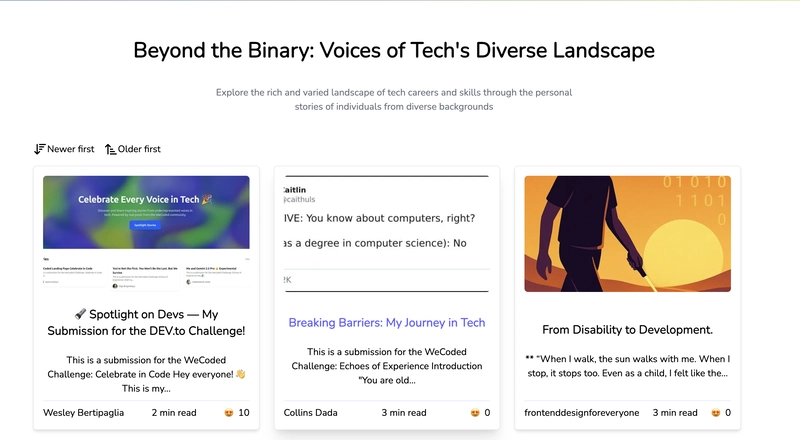
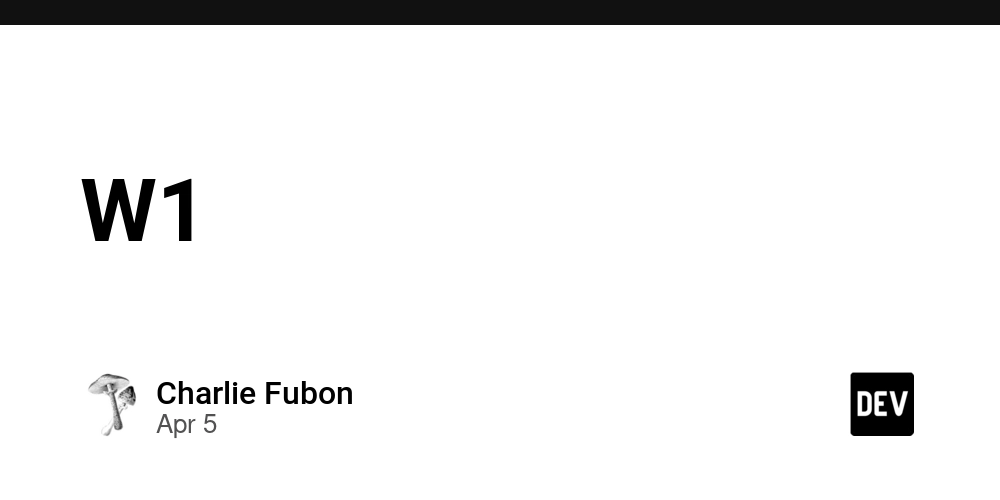
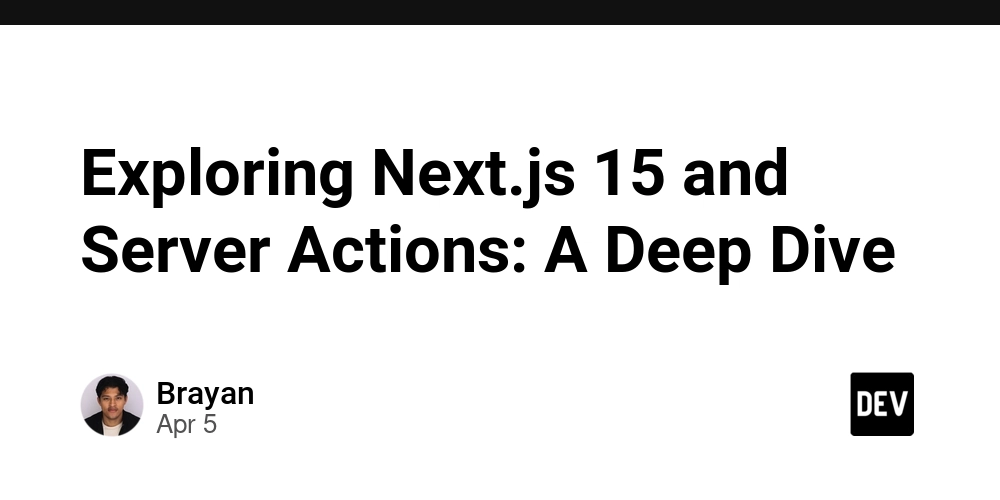










![[FREE EBOOKS] The Kubernetes Bible, The Ultimate Linux Shell Scripting Guide & Four More Best Selling Titles](https://www.javacodegeeks.com/wp-content/uploads/2012/12/jcg-logo.jpg)



![From drop-out to software architect with Jason Lengstorf [Podcast #167]](https://cdn.hashnode.com/res/hashnode/image/upload/v1743796461357/f3d19cd7-e6f5-4d7c-8bfc-eb974bc8da68.png?#)






































































































.png?#)




.jpg?#)
































_Christophe_Coat_Alamy.jpg?#)









































































































![Rapidus in Talks With Apple as It Accelerates Toward 2nm Chip Production [Report]](https://www.iclarified.com/images/news/96937/96937/96937-640.jpg)





































































































































